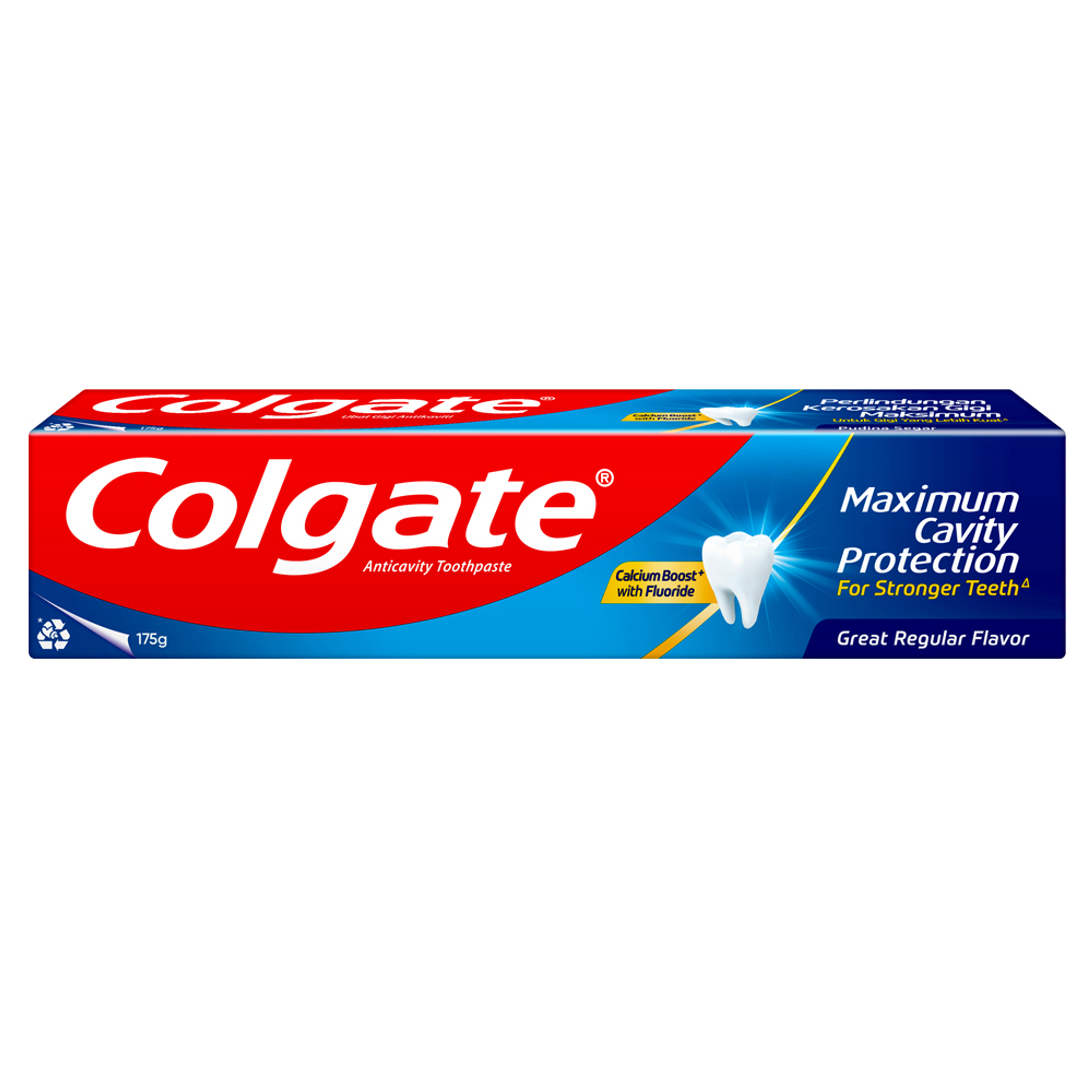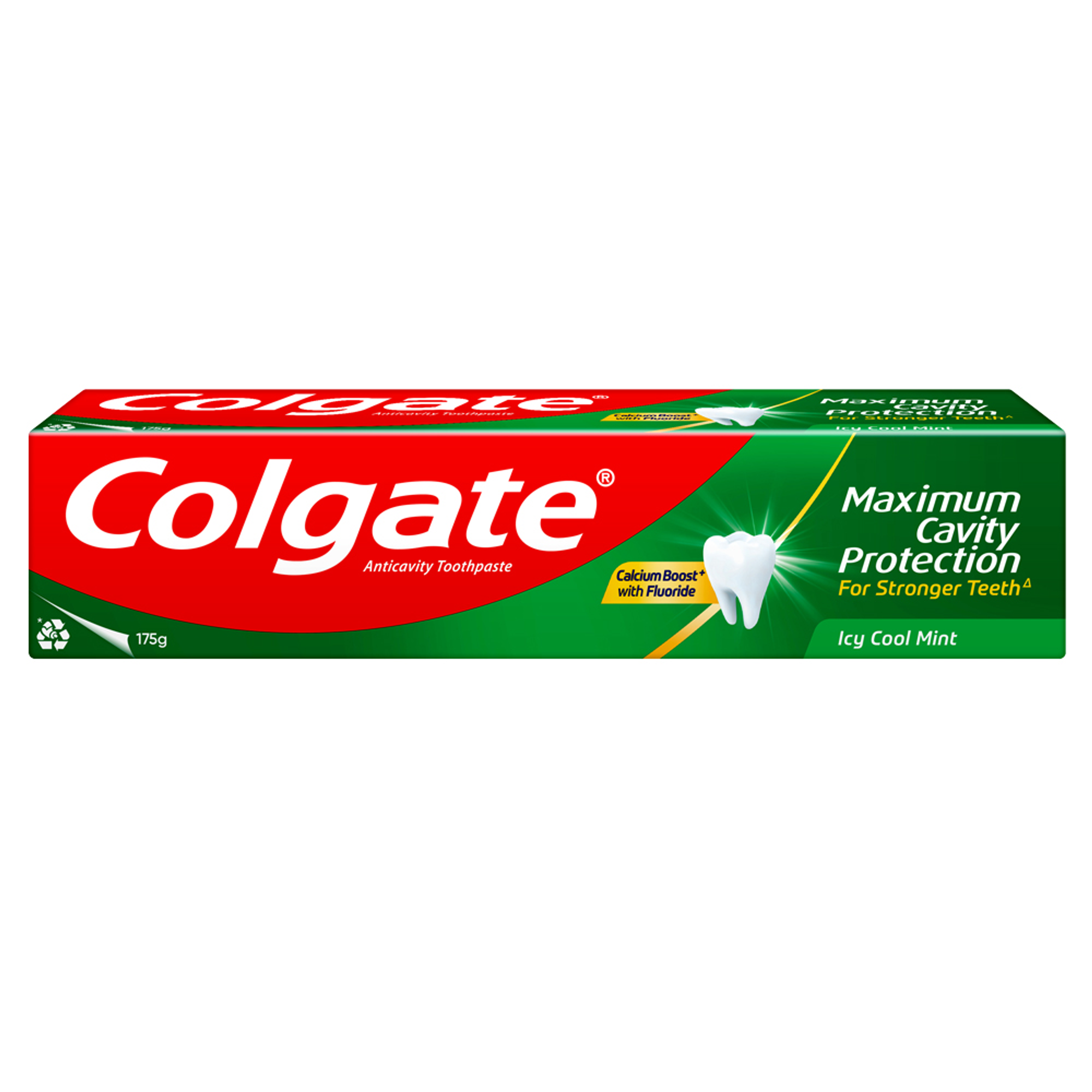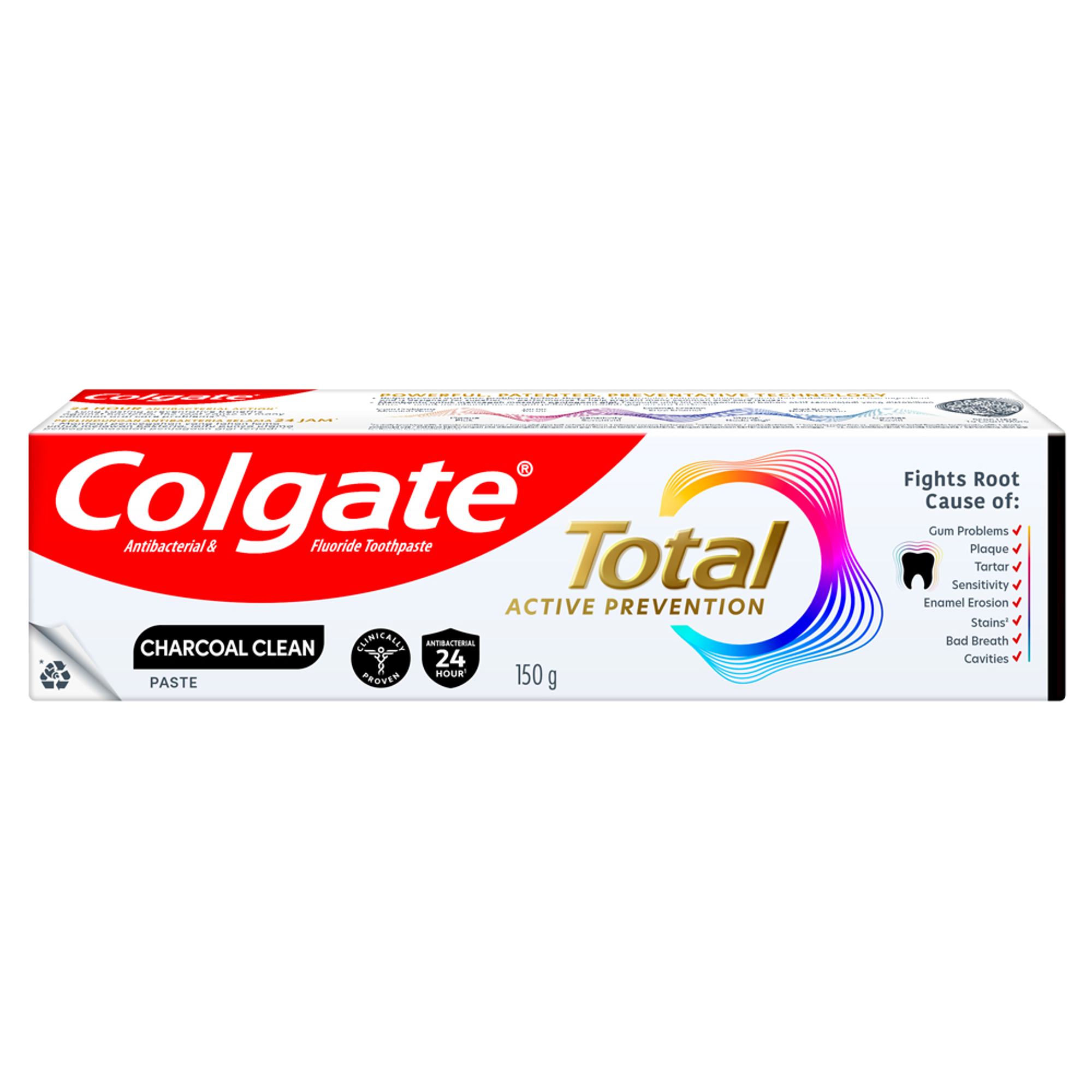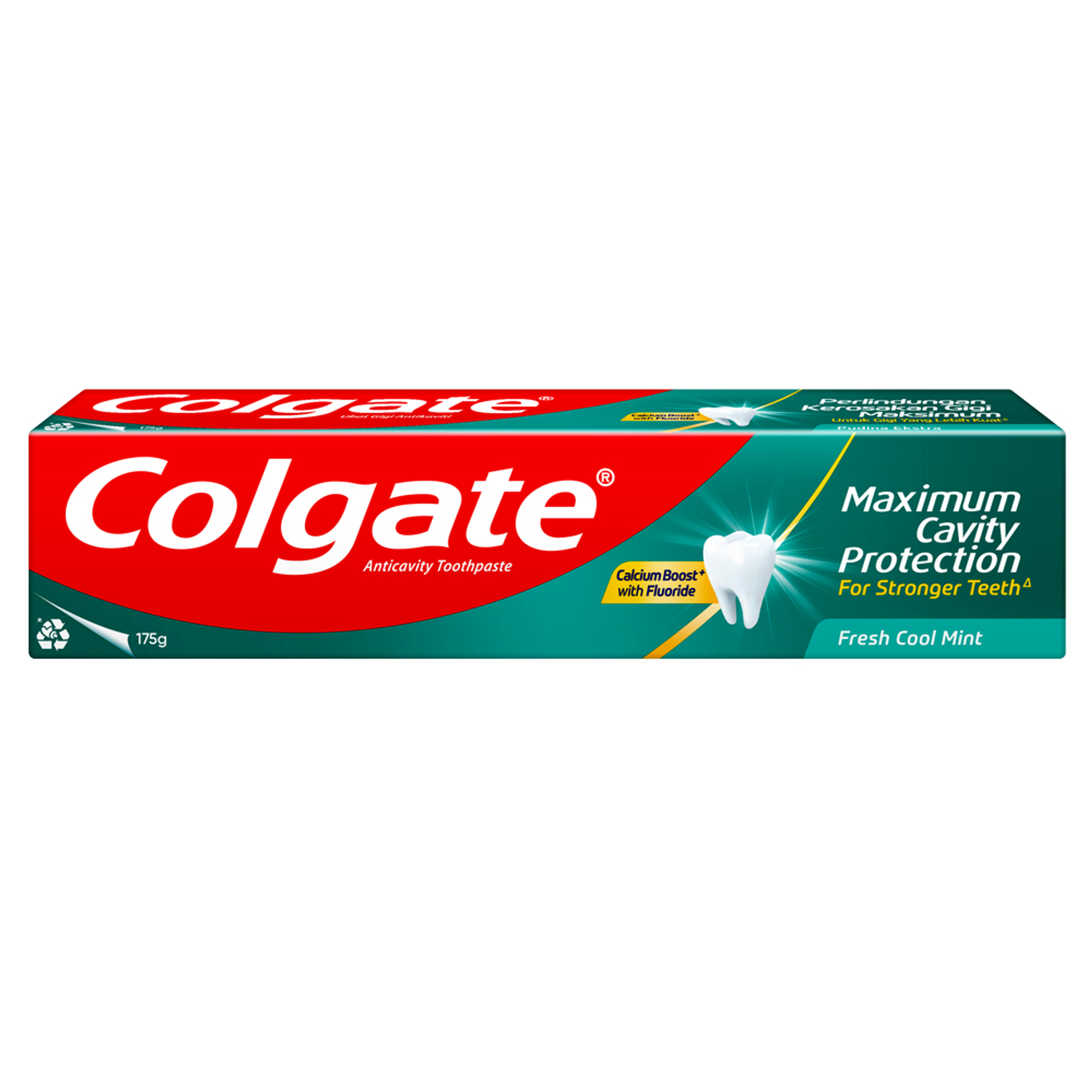- Oral Health and Dental Care | Colgate®
- Oral Health
- Four Different Types of Teeth Plus More


Most of us know how important it is to look after our teeth, but do you know what the different types of teeth are and how we use them? Teeth don't just help you bite and chew; they play an important role in speaking and support many aspects of your facial structure. There are four kinds of teeth in your mouth, according to Everyday Health , and each performs a slightly different function. Then there are three rarer formations that can occur in a growing jaw.
Incisors
At the front of the mouth are eight thin, straight teeth called incisors – four at the top and four at the bottom – which bite into the food you eat and help you pronounce words as you you speak. Incisors also support the lips.
Canines
On each side of the upper and lower incisors is a single canine tooth, making four in total. Dentists call these slightly pointed teeth cuspids, and like incisors, they cut or shear food and support the lips. Another function of the canines is to help guide all the teeth into place when the upper and lower jaw come together.
Premolars
Behind the canines are the premolars, or, as dentists call them, the bicuspids. Premolars have a flattened top, and are used to chew food and maintain the height of the face. There are eight premolars in an adult's mouth: four on the top and four on the bottom.
Molars
Next to the premolars are the molars. These are your widest, flattest teeth, and there are 12 altogether: six in the upper jaw and six in the lower. The American Dental Association (ADA) depicts wisdom teeth as the four molars at the back of both the lower and upper jaws, and they're the last to erupt during young adulthood. Cleaning wisdom teeth can be difficult because they are so far back in the mouth, but slim toothbrushes can help. Like premolars, molars are used for chewing food and to maintain the height of the face. Lower molars have two roots, while upper molars have three.
Supernumerary Teeth
Sometimes teeth develop outside of their normal process, and one example of this is supernumerary teeth. The normal tooth count in the adult mouth is 32, but more can appear; these are called supernumerary teeth. The University of Missouri Kansas City School of Dentistry suggests the most common type of supernumerary tooth is an extra incisor located between two central incisors, also known as a mesioden. The second-most common supernumerary tooth is an extra molar tooth, called a paramolar. It's also possible to develop supernumerary canine teeth.
Natal Teeth
Natal teeth are teeth that are present at birth, which occurs once in every 2,000 to 3,000 births, according to the University of Maryland Medical Center . Also called fetal teeth, natal teeth usually appear in the lower gum. Because they often have weak or nonexistent roots, natal teeth fall out easily, so doctors often advise having them removed to avoid the risk of inhaling the tooth. Natal teeth can also irritate or injure the baby's tongue or the mother while nursing. The presence of natal teeth is usually an isolated incident, but they can be a symptom of other medical conditions as well.
It's essential to look after all types of teeth well and have regular dental checkups. With a full set of healthy teeth, people can eat and speak properly and maintain their confident smiles.
Related Articles

A black spot on teeth may appear as a stain or cavity. It can be caused by decay, plaque buildup, or staining foods. Learn what it means and how to treat it

You know you want to take care of your teeth but you just can't help it — you have a sweet tooth! So you're asking, "What should I eat when I crave for sweets?" Luckily, there are lots of easy options to choose from. Here are ten healthy (and tasty!) alternatives to sweets:

Related Products

Helping dental professionals
More professionals across the world trust Colgate. Find resources, products, and information to give your patients a healthier future










